The end of a year is a crucial time to reflect on the lessons learned, redefine priorities and set clear goals for the future.
For many, planning is an essential habit for achieving success, whether in your personal or professional life. If you want to make 2025 the most productive year of your career, the time to start is now.
Revisit your 2024 goals
Before setting goals for next year, it is essential to evaluate how you performed in 2024. Which goals were achieved? What fell through the cracks?
Do an honest analysis and identify the reasons that led you to achieve (or not) your goals. Use these answers to adjust your expectations and strategies for 2025.
This practice is not only a way to learn, but also a time to celebrate. After all, recognizing your achievements helps you start the new year with more confidence and energy.
Prioritize what really matters
With so many responsibilities and demands, it’s easy to get lost in what really matters. A valuable tip is to prioritize goals that are aligned with your values and long-term vision. Ask yourself: “Will this bring me closer to my dreams?”
When setting priorities, remember to divide your goals into three main categories: personal, professional and financial, allowing you to have a clearer view of where to focus your efforts and helping you maintain balance.
Set realistic and measurable goals
Good planning starts with specific, measurable, achievable, relevant and time-bound goals (SMART methodology).
For example, instead of defining “I want to grow professionally”, establish something like “I want to be promoted to project manager by December 2025, meeting the company’s performance criteria”.
In addition, break down larger goals into small, measurable steps. This makes it easier to monitor and avoid frustrations throughout the year.
Set aside time to plan calmly
The end of the year can be busy, but it’s essential to set aside time to plan calmly. Good planning requires focus and attention to detail.
Consider using tools such as diaries, productivity apps or even a physical planner to organize your ideas.
Dedicate a day or a few hours of your week to structure your goals. If necessary, seek inspiration from books, courses or even mentors who can help you have a clearer vision.
Build a flexible plan
As much as planning is a powerful tool, unforeseen events are part of life. An effective plan must be flexible enough to adapt to changes. Create space for adjustments and review your progress regularly.
In addition, remember to include moments of self-care and rest. Success without balance can lead to physical and emotional exhaustion.
By taking advantage of the end of 2024 to design your 2025, you will be one step ahead, with clarity about what you want to achieve and how you intend to get there.
Don’t wait for the new year to start to take action; the ideal time to plan is now. After all, as the saying goes: “If you fail to plan, you plan to fail.”
